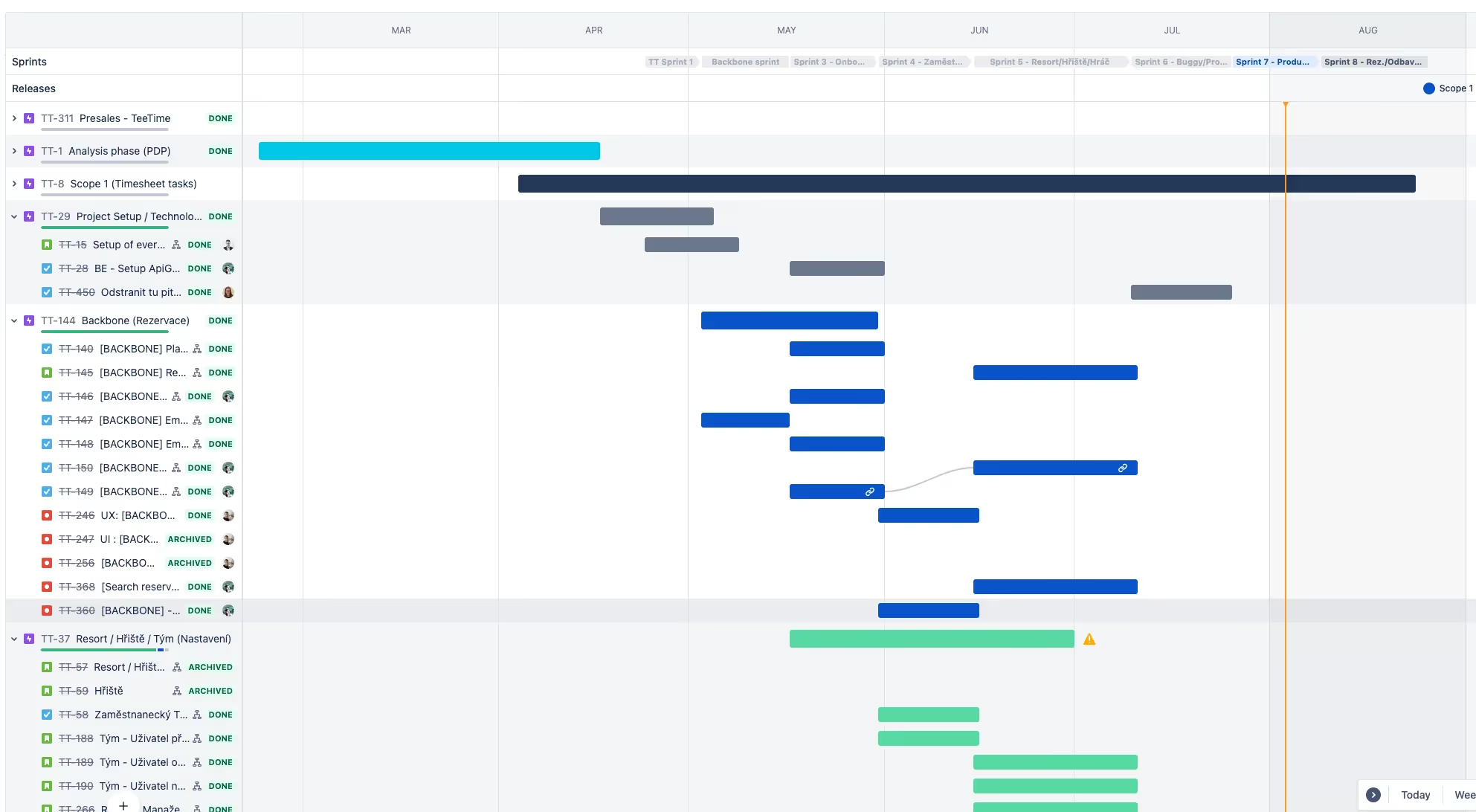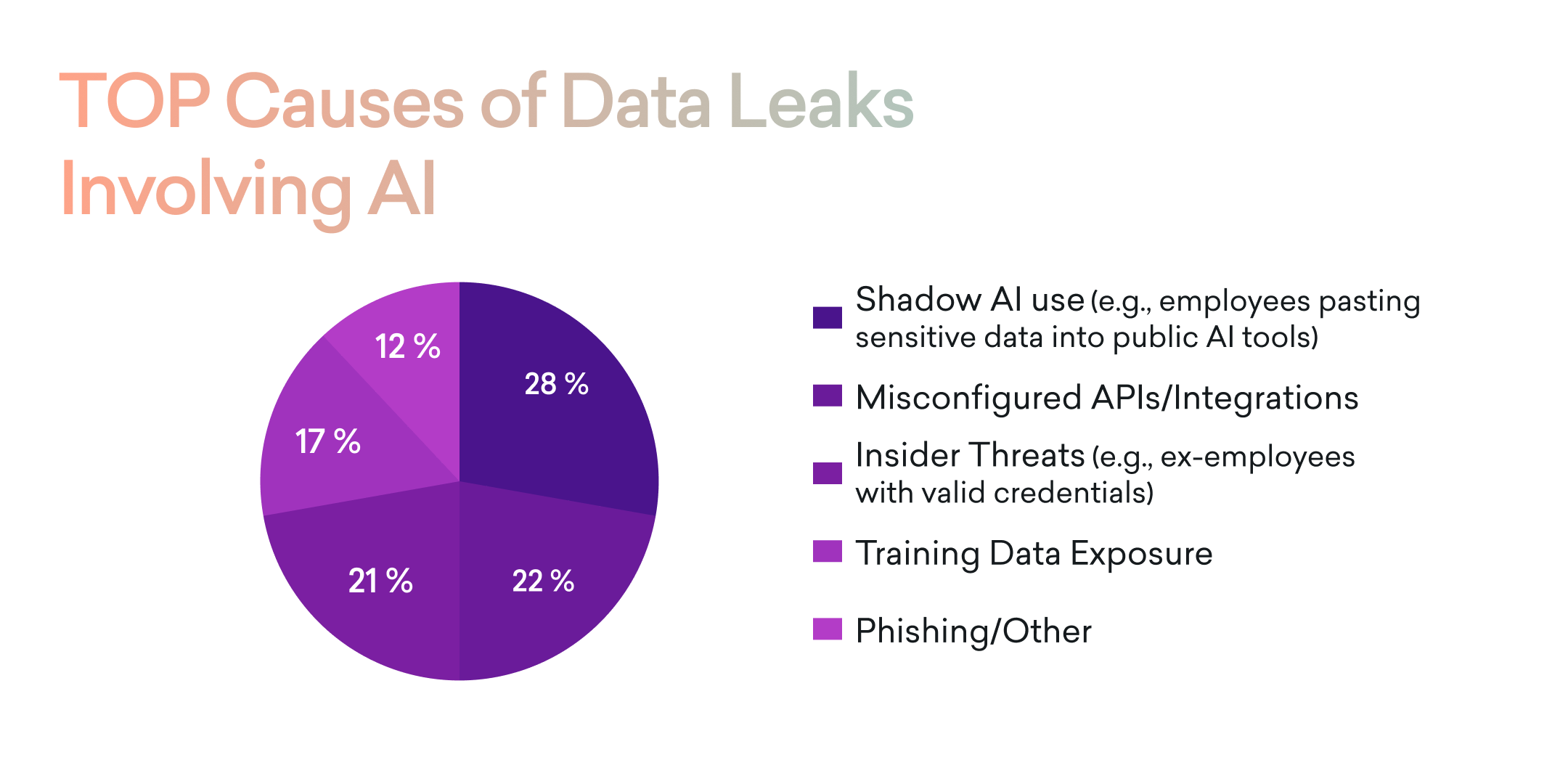A goal is crucial for success; without it, you will always miss the mark. Equally important is the roadmap to achieve that success. A product roadmap serves as a strategic document that goes beyond mere feature listing. It articulates the product's direction and vision over time, providing a clear path to follow. The roadmap acts as a guide, facilitating the execution of the product strategy while simultaneously serving multiple goals. By bringing stakeholders together, fostering a shared understanding of the product's strategy and vision, and maintaining focus on priorities, the roadmap becomes a trusted and reliable source of truth for all involved.
When developing a product roadmap, it is important to be mindful of potential pitfalls. Unfortunately, certain mistakes in product roadmaps can have adverse effects, ultimately leading to product failure. What are some of these mistakes that you should avoid?
Mistake # 1: The danger of excessive detail
It is a common occurrence where managers tend to make the mistake of becoming overly specific and including extreme details in the product roadmap. This includes information regarding planned feature development, estimated timelines, and resource allocation. While these details hold significance, it is essential not to overload the product roadmap with them, as it can overwhelm your team.
To achieve maximum effectiveness, prioritize simplicity. Product roadmaps serve as powerful tools for guiding and visualizing progress. However, their power diminishes when burdened with excessive details at every process stage. For a cohesive strategic vision, maintain a simple and focused product roadmap. Emphasize clarity and conciseness to ensure its result.
In my experience, I've seen many managers make this mistake of overwhelming the product roadmap with excessive details. It's easy to get caught up in the nitty-gritty of feature development, timelines, and resources, but to truly guide and empower your team, simplicity is key. A focused and clear product roadmap is what drives real progress and success.
Michal Počuch, Head of PMO @Cleevio
H2: Mistake # 2: Surrendering to stakeholder demands
While it is rational to value and listen to stakeholders, it is necessary to remember that your primary goal is to achieve product success rather than trying to please other people. Saying yes to every stakeholder request can lead to the unwanted product. Strive to strike a balance between stakeholder input and your product vision to ensure the development of a desirable and successful output.
However, it is important to avoid excluding stakeholders and development experts from the process. When individuals do not have the opportunity to contribute, they are less likely to support the roadmap. Therefore, it is crucial to involve relevant stakeholders and experts to foster ownership and gain broader support. Collaboration and inclusion are key to creating a successful and well-supported product roadmap.
.avif)
Mistake # 3: Setting a Fixed Roadmap
Too often, companies invest time and effort in crafting their roadmaps, only to abandon them after a few months. This neglect to make necessary adjustments can lead to problems as the product evolves during design and development. A product roadmap serves as a strategic forecast.
To keep it applicable, update it at least once a quarter. This proactive approach will maximize the chances of creating a product roadmap that aligns with your current objectives and effectively visualizes upcoming events or changes.

Mistake # 4: Avoiding the backlog
The product backlog is a great tool that consists of task-level jobs, such as stories and defects. It serves as an internal document primarily for the product and development teams. By simply looking at the backlog, you can see what tasks are next on your development team's to-do list as they work towards executing the big-picture vision outlined in your roadmap.
A disconnected roadmap and backlog can result in inconsistent and wrong product decisions. It is critical to maintain synchronization and regular updates between both. Avoid allowing them to become standalone documents that convey conflicting messages. This requires regularly referencing the roadmap to verify alignment between the prioritized backlog items and the strategic objectives outlined. Additionally, proactively ensure that the backlog remains organized and streamlined at all times.
Cleevio Tip: Keep your product roadmap and backlog in sync by regularly cross-referencing them.
Mistake # 5: Overplanning and over-committing
When confronted with external pressures from competitors, investors, and customers, it can be tempting to become a "yes man" and overload your roadmap with a number of tasks. Yet, this can be a detrimental mistake. Overcommitting to unrealistic expectations and adding too many objectives to your roadmap can lead to inferior results and project delays.
To avoid this mistake, carefully evaluate the feasibility and capacity of your team before adding tasks to the roadmap. Prioritize quality over quantity and ensure the problem aligns with your resources and capabilities. By setting realistic expectations and avoiding overcommitment, you can maintain focus, deliver better outcomes, and avoid unnecessary stress and setbacks.
The takeaway
Creating a successful product roadmap demands careful thought and educated choices. Make your roadmap more effective by avoiding common mistakes and following best practices. To stay on the right track, we recommend utilizing our expertise and reaching out for a consultation.
Let's work together to optimize your roadmapping strategy and set the stage for a successful product journey.









.png)


.avif)